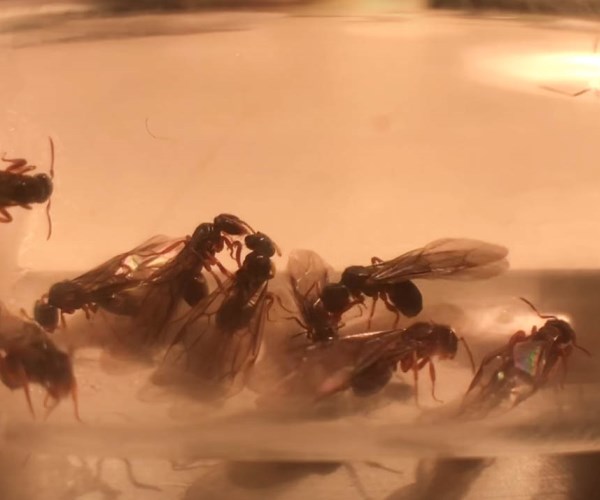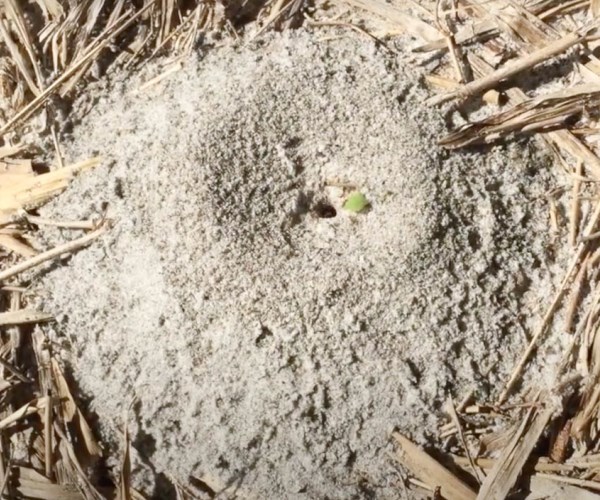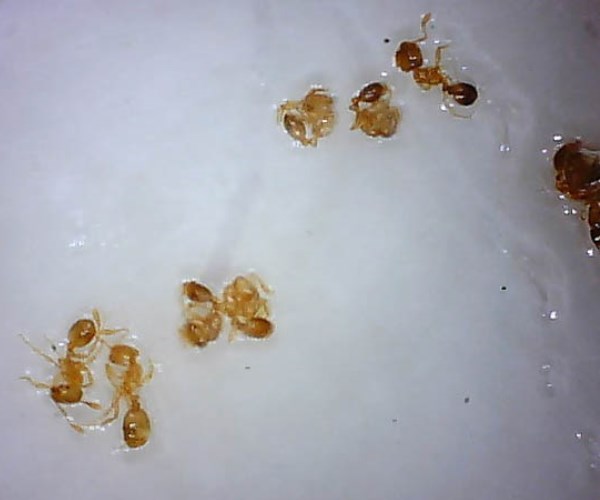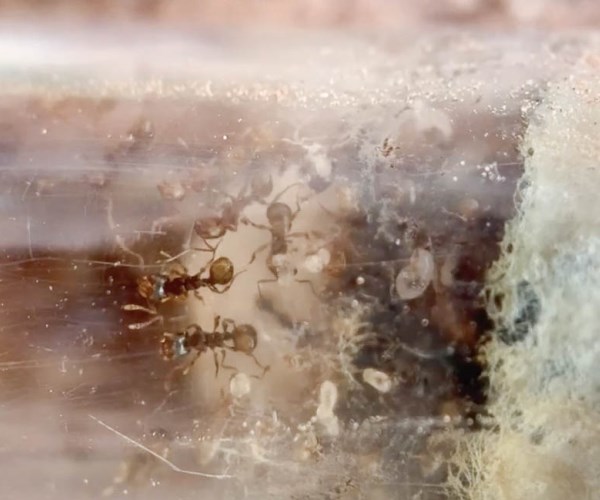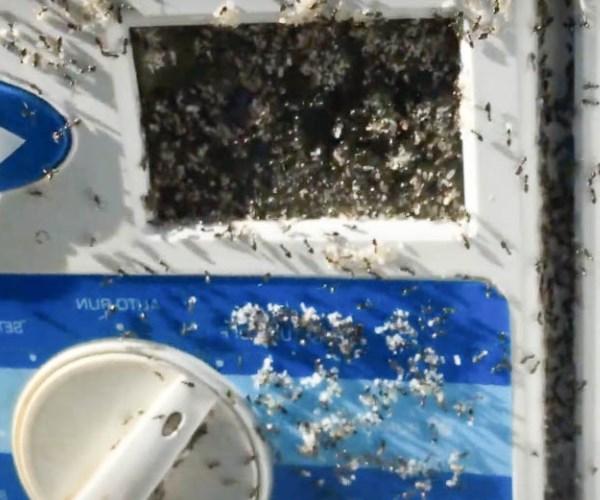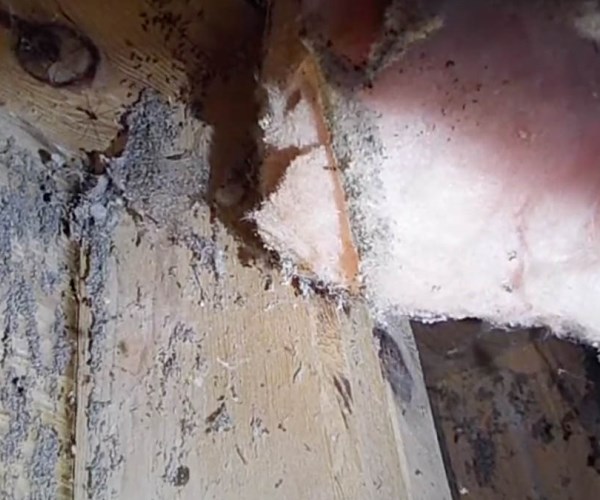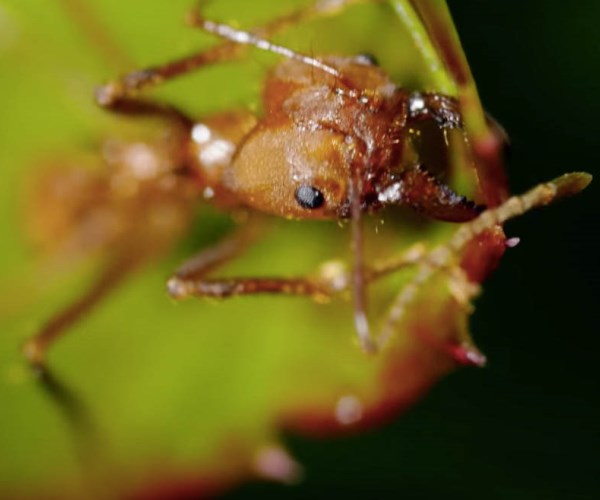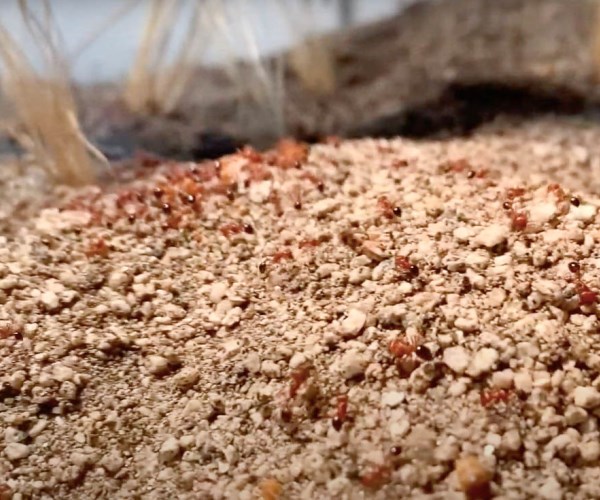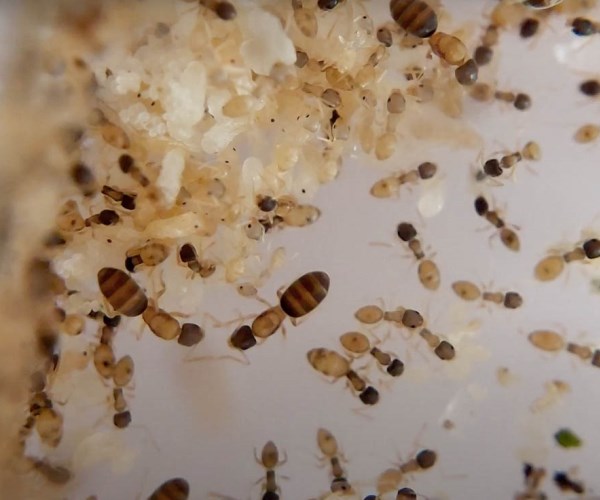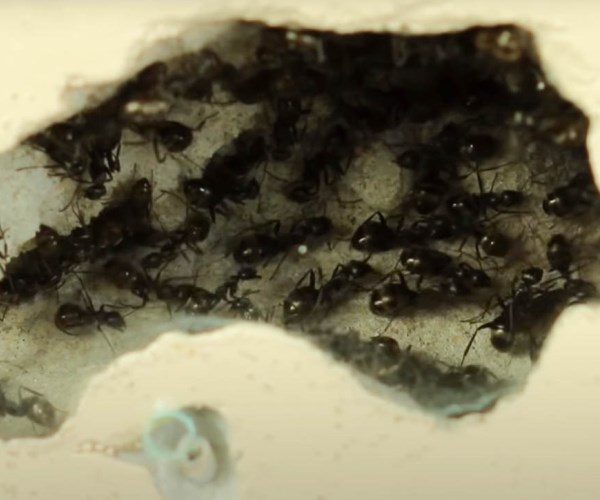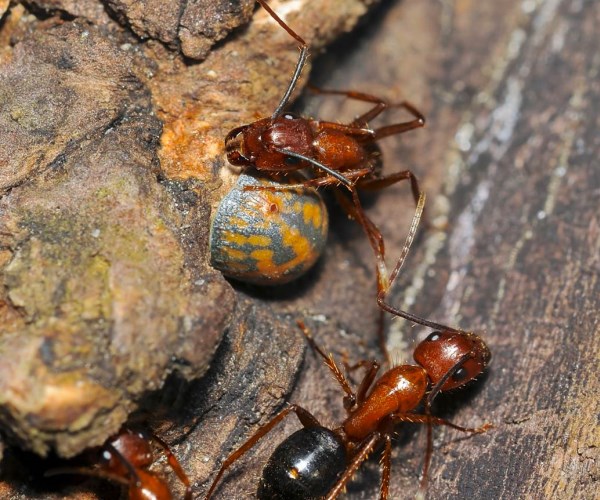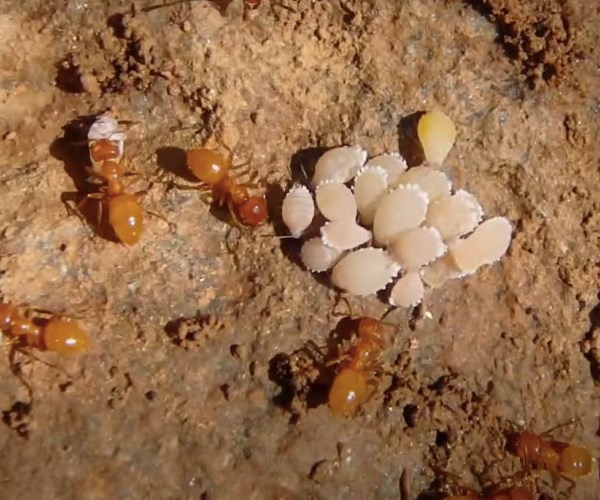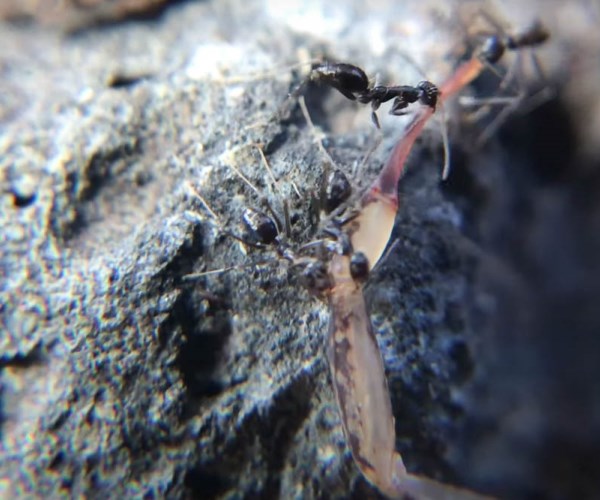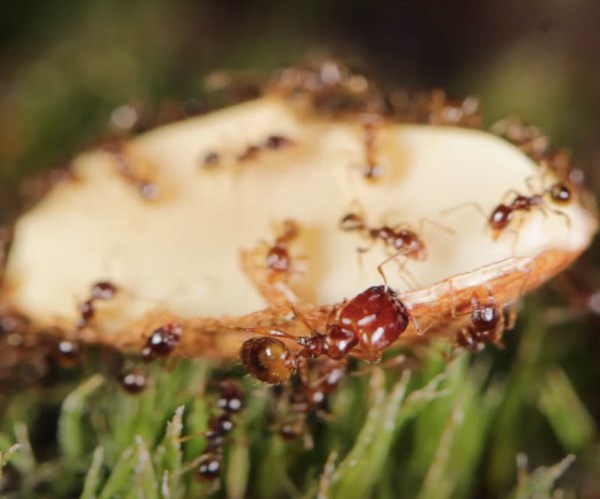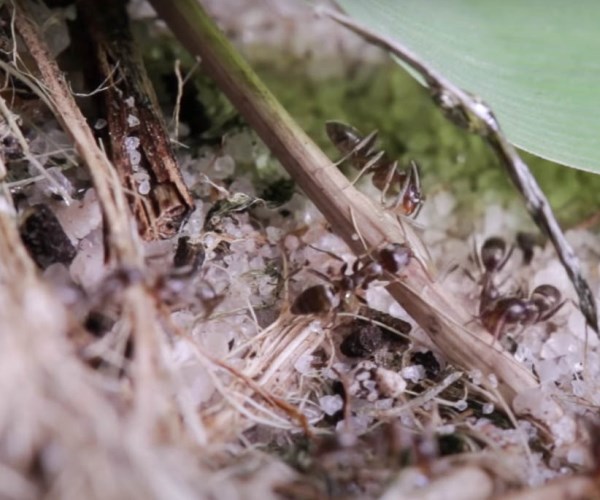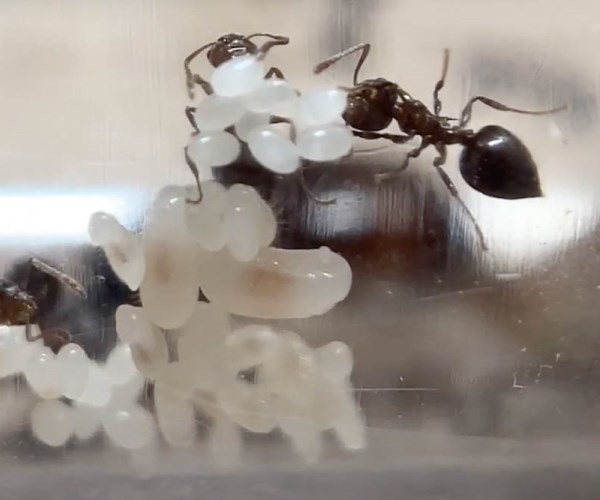About Allegheny Mound Ants
About Allegheny Mound Ants
Allegheny mound ants get their name from their mound-building habits. The ants build mounds that typically give away their presence.
Appearance
The appearance of these ants is one of their notable features. The head and thorax of Allegheny mound ants are red. The legs and abdomen of the insects are black or brown. The average size of the worker ant is between 3.6mm and 6.2mm.
Behavior
A characteristic behavior pattern of these ants is that they make mounds. The workers create tunnels as well as galleries in the ground. The tunnels are as deep as 3 feet. As the worker ants dig the tunnels, they excavate soil into a mound. Allegheny mound ants make mounds with diameters up to 5 feet. The size of the mounds is typically bigger in wooded areas and for larger colonies. Mounds of 6 to 18 inches could hold 500 to 3,000 ants.
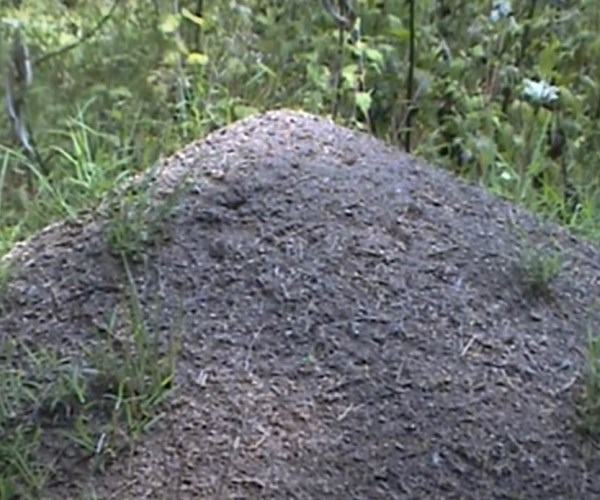
Mounds of 18 to 36 inches can hold a population of 1,000 to 6,000; and mounds of 36 to 60 inches can hold 3,000 to 10,000 ants. The nesting areas of the ants are wooded areas, fields, and pastures. The ants may also forage parts of homes such as patios and decks. However, they are typically not found in homes. In residential areas, they may be found in playgrounds. The ants also inhabit lawns in rural and suburban areas. The diet of the ants is made of honeydew as well as insects. Honeydew is produced by sap-sucking insects such as aphids. In return, the ants protect the sap-sucking insects that produce the honeydew they feed on.
Allegheny mound ants reproduce according to the typical pattern. The swarmer’s leave to form new colonies when the conditions are favorable. The colonies are made up of a queen and the supporting workers.
As warmth-loving insects, Allegheny mound ants nest in areas with a lot of sunshine. They try to stay under direct sunlight as much as possible and will destroy shady plants to achieve this goal.
The ants can increase their population significantly within a short period. From the laying of eggs to the hatching of the young ants, it takes just about three months. The breeding period is influenced by weather conditions. The mounds serve as incubators for the larvae and eggs. The ants create new mounds from existing ones in a process known as budding.
Allegheny mound ants are widely distributed. They are mostly found along the Atlantic coast. The Midwestern and northeastern states have the highest distribution of the ants.
Damage they cause
As the ants rarely enter homes, they cause little to no damage in homes. They do not eat human food. They will only infest homes in search of a prey insect, and this is rarely the case.
The major form of destruction these ants cause is to landscaping. In a bid to remove as many shady plants and trees as possible, they release formic acid. Formic acid has destructive effects on trees and plants to kill them. Vegetation within 50 feet of the mound of the ants is mostly affected by this destructive effect of formic acid. Thus, multiple colonies of the ants in an area can cause serious damage to vegetation. Allegheny mound ants can destroy young as well as older trees.
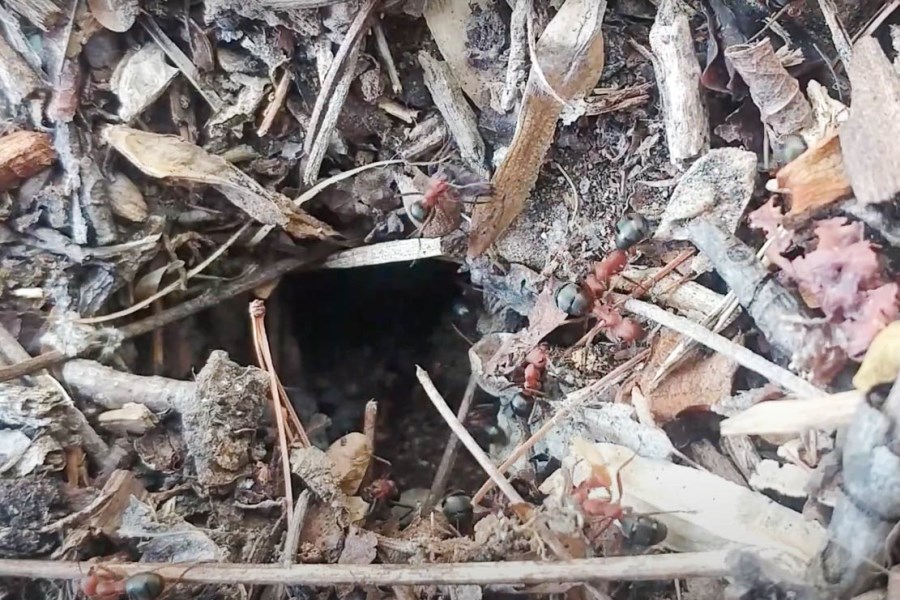
Trees that are up to 8 years old can be destroyed by the formic acid produced by the ants. Allegheny mound ants do not sting but can bite when they feel threatened.
Signs of infestation
The mounds of the ants are a characteristic feature that gives away their presence. Because of their mounds, Allegheny mound ants could be mistaken for other mound-building ants such as fire ants. The ants rarely leave their mounds. Sightings of the workers foraging is another sign of infestation. The ants produce a characteristic formic odor when they are disturbed, another distinguishing feature.
Multiple colonies of the ants can cause serious damage to vegetation. The colonies can also be difficult to remove.


